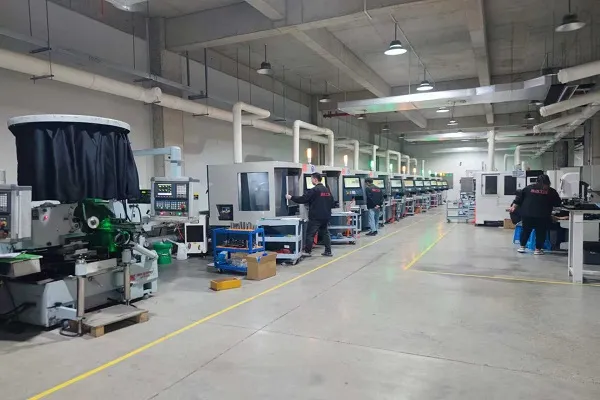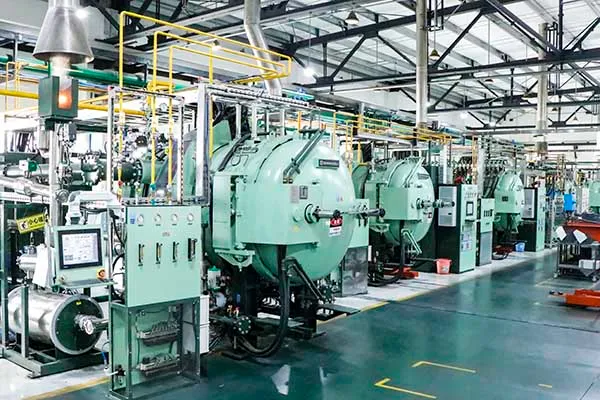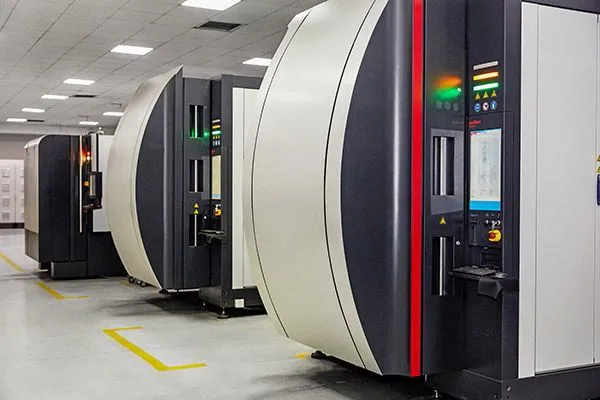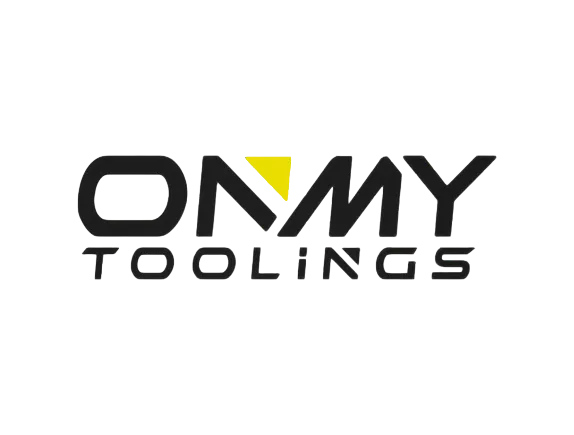

CNMM車刀
CNMM插入角度:帶有單面芯片的0°負耙插入儀表;
80°菱形車削刀片;
主要工件材料:不銹鋼,鋼,黃銅,青銅,鋁和鑄鐵;
斷路器應用:粗糙,沉重,半鉤;
匹配的轉盤支架:PCBNR/L,PCLNR/L,MCLNR/L,MCBNR/L;
等級:CVD;
材質 : 碳化鎢
CNMM插入規格
重型和半重型加工需要為任務設計的芯片斷路器。寬闊的芯片斷路器可在較大的切割和高飼料深處優化芯片控制。使用平坦的負面土地設計最大化尖端強度。相反,整理操作受益於較小的芯片斷路器,從而促進了由於切割力減少而導致的芯片破裂。在完成時,通過正面的土地和小邊緣磨練優先考慮前沿清晰度。 CNMM在粗糙應用中插入Excel。
CNMM插入工具支架
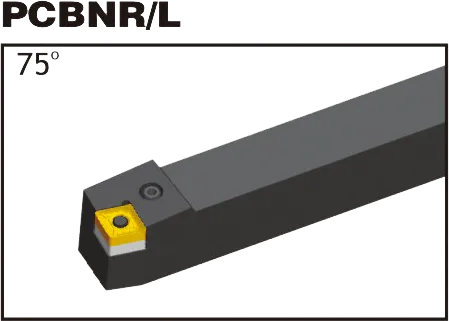


MCLNR/L
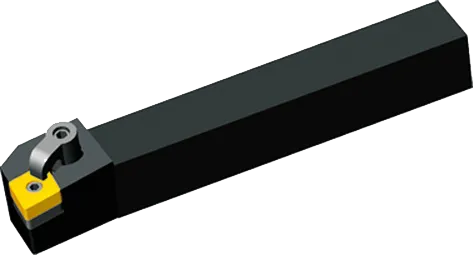
CNMM插入簡介
1。尺寸
- 形狀: 夾角為 80 度的菱形(菱形)。
- 間隙角: 負(通常在-5至-7度的範圍內)。
- 寬容: 媒介(“ m”)是典型的,但是對於專業需求而言,可能存在其他公差。
- 內切圓 (IC): 確定整體插入尺寸(常見:12.7mm,16mm)。
- 厚度: 影響強度和尖端計數(常見:4.76mm,6.35mm)。
- 角落半徑: 影響強度和表面飾面(常見:0.4mm,0.8mm,1.2mm)。
2。芯片破解器幾何形狀
- 非常重要: 芯片製造商塑造芯片如何形成和破裂,從而確保有效的芯片流,工具保護和工件飾面。
- 特定於製造商: Chipbreaker名稱被編碼為CNMM代碼( “毫米”)。有關細節,請參閱製造商目錄。
- 與操作匹配: 考慮:
- 工件材料
- 切割深度(光與重)
- 所需的飾面
3。孔配置
- 中央孔: 為了安全地夾緊刀具。
- 無孔: 依靠替代夾緊機制。
- 刀具持有人的兼容性: 必須將插入孔的孔配置與刀具持有人相匹配。
4。塗料和底物
- 塗層: 常見類型包括TIN,TIALN,CVD和PVD。每種都提供不同的耐磨性,熱能性能以及各種材料的適用性。
- 底物: 塗層塗層的基本碳化物材料。作品各不相同,提供韌性與耐磨性權衡。
- 特定應用程序: 合適的年級對於最佳性能和工具壽命至關重要。
CNMM插入尺寸(ISO)
| ISO 名稱 | 內切圓 (IC) | 厚度 | 轉角半徑 |
|---|---|---|---|
| CNMM 120404 | 12.7mm (0.5") | 4.76mm (0.187") | 0.4mm (0.016") |
| CNMM 120408 | 12.7mm (0.5") | 4.76mm (0.187") | 0.8mm (0.031") |
| CNMM 120412 | 12.7mm (0.5") | 4.76mm (0.187") | 1.2mm (0.047") |
| CNMM 160608 | 16mm (0.63") | 6.35mm (0.25") | 0.8mm (0.031") |
示例:CNMM 120408
- 菱形(鑽石)形狀具有80度的角度
- 負清除角
- 製造商特定的細節 “毫米” 指定
- 12mm插入的圓直徑(約0.47″ 以英吋為單位)
- 4mm厚(大約0.157″ 以英吋為單位)
- 0.8mm 刀尖半徑(約 0.031″ 以英吋為單位)
The Science Behind Carbide Inserts: How They're Made and Why They're So Strong
硬質合金刀片是目前最通用、最耐用的切削工具之一。但它們是如何製作的呢?是什麼讓他們如此強大?在本影片中,我們將探索硬質合金刀片背後的科學,從碳化鎢的特性到製造流程。
我們的生產能力

